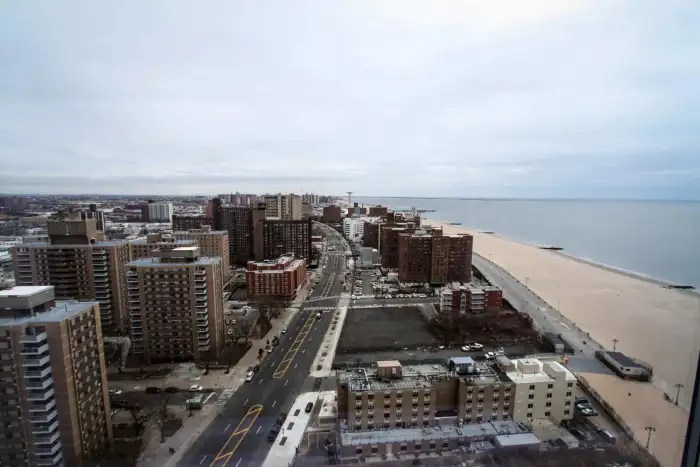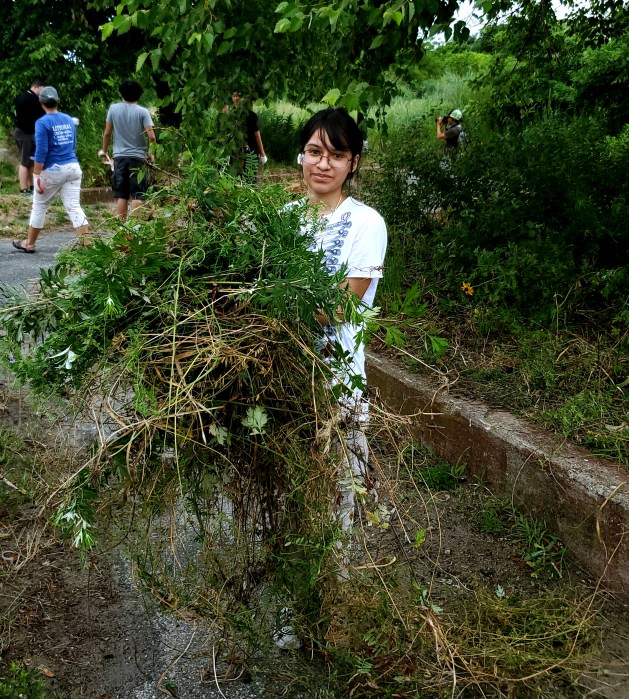Two public housing sites in Coney Island are next in line to vote on whether they’ll enter the city’s new permanent affordability program, join a housing trust or remain Section 9 housing, the New York City Housing Authority announced.
Tenants will have a say on whether they’ll join the city’s Permanent Affordability Commitment Together Program, which promises to deliver more comprehensive repairs, stronger city support and overall upgrades. Entering PACT means the developments would move from their Section 9 standing to a Project-Based Section 8, which the city says grants improvements and more accessibility to property managers and social services.
Their other options include joining the Public Housing Preservation Trust, which guarantees permanently affordable rent and and that NYCHA properties will remain public, or remaining as Section 9 housing.
Each option still relies on government assistance and mainly varies on how the city will approach residents’ needs, both physically and financially.
“I’ve always said if you want to know what NYCHA needs, just ask the residents,” Council Member Justin Brannan, who represents the area, said in a statement. “It’s simple. When you empower residents and give them a say, you can’t go wrong. Now it’s time for Coney Island Houses and Unity Towers to decide what they want.
Residents of Coney Island Houses and Coney Island I Site 1B, commonly known as Unity Towers, entered a 100-day public engagement session after being sent a Notice to Vote by NYCHA on April 5. According to city records, Coney Island Houses has about 1,040 residents across 530 and needs more than $230 million to operate. Coney Island I Site 1B has 447 residents and an estimated 20-year financial need of $83 million.
Residents entered a 100-day public engagement period on April 5, which will be followed by a 30-day voting period running from July 17 to August 15.
“This process provides an unprecedented opportunity for residents to determine the future of their developments,” Brannan said. “The power is in their hands right where it belongs.”























